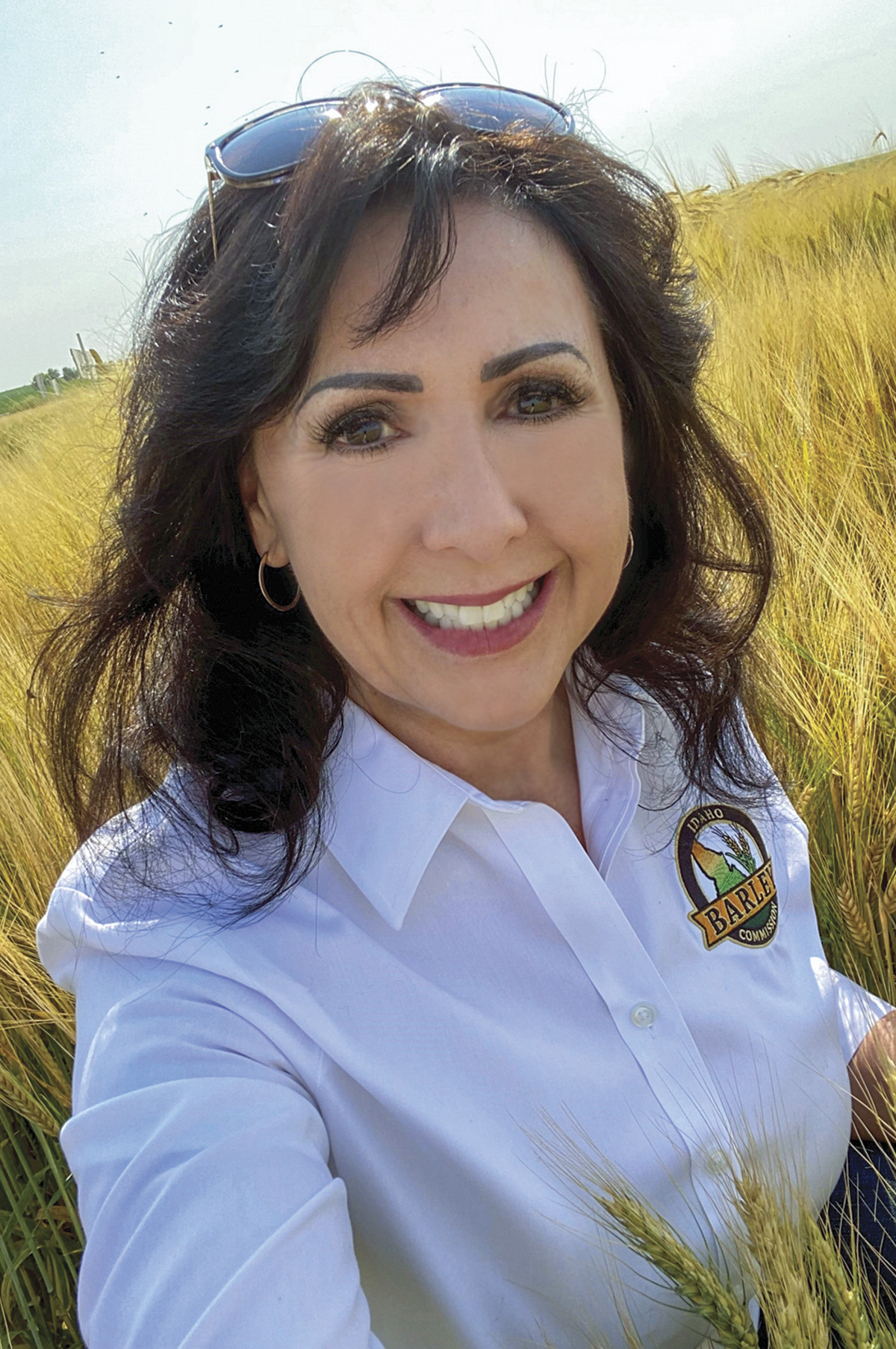We asked Idaho agricultural commission leaders to answer two questions:
1. What’s one thing about your industry that excites you for this coming year?
2. From the growers’ perspectives, what will your main hurdles be as a commission in this coming year?
Andi Woolf-Weibye
Executive Director
Idaho Bean Commission
I am generally excited for this upcoming year because I believe our growers are primed to see another good year to grow beans. Unfortunately, input costs are going to be high for farmers and producers this year – and with beans being on the lower end of input needs, that will help us be an attractive commodity.
I spoke with some of my grower representatives, and what I am hearing is: They feel our biggest challenges as a commission this year might be communication. With the pandemic, it has become increasingly difficult to communicate our research and other projects effectively, since we haven’t been able to meet in person and hold events such as field days. Hopefully, this upcoming year will ease some of these challenges and we can get back to more regular-type activities.
 Casey Chumrau. Courtesy photo.
Casey Chumrau. Courtesy photo.
Casey Chumrau
Executive Director
Idaho Wheat Commission
Rain, above-average snowpack and full reservoirs. Wheat farmers in Idaho spent a lot of time in 2021 looking toward the sky for rain clouds that never came. The exceptional drought took a significant toll on wheat production, resulting in a 25% reduction compared to the five-year average. Although it is still early, the moisture situation is a lot more promising, and we are looking forward to a rebound in production in 2022.
The Idaho Wheat Commission, and the greater wheat industry, will double its efforts this year to educate the public on the benefits of barging on the Snake and Columbia rivers. Half of Idaho’s wheat is exported each year – valued at $350 million – and the majority moves by barge through the four dams on the lower Snake River system. In fact, nearly 10% of the entire nation’s wheat passes through that same river system. Barging is the most efficient and cost-effective way to move our wheat to market. Thousands of wheat farmers, 40,000 local jobs and valuable export markets would be at risk if barging was no longer an option.
 Jamey Higham. Courtesy photo.
Jamey Higham. Courtesy photo. Jamey Higham
President and CEO
Idaho Potato Commission
When it comes to potatoes, every year brings something new. I’m hopeful for better growing conditions for our farmers this year – last year was a big challenge with the high temperatures and the smoky skies. Our growers are very flexible and adaptive – I’m excited to see what happens with some more “normal” growing conditions.
I believe there are several things on everyone’s minds this year. First would be high cost of inputs and the associated risks there, transportation for our products to the end-user, the availability of labor, and last would be concerns about water.
 Laura Wilder. Courtesy photo.
Laura Wilder. Courtesy photo.
Laura Wilder
Executive Director
Idaho Barley Commission
The start of full production this month at Scoular’s new Emerge barley protein concentrate facility in Jerome and what that means for Idaho barley growers is exciting. This plant will provide new opportunities for growers and add more barley acres to Idaho’s overall barley production.
As an organization, the Idaho Barley Commission funds research, market development, promotion, information and education programs and activities to help growers be more successful. This also helps advance the overall Idaho barley industry. Working to expand export markets will continue to be challenging this year due to high ocean shipping and overall transportation costs, as well as huge transportation delays and disruptions. In addition, trade issues still hamper U.S. export competitiveness in some markets, such as Japan. We need negotiation of a Phase II agreement with Japan that expands market access for U.S. barley. For growers, although barley contract prices are up this year, much higher input costs and availability of fertilizers, herbicides, equipment and parts for equipment will keep things challenging. There is also much uncertainty still to the 2022 water situation and the availability of irrigation water through the 2022 season. Barley is a good choice for growers in low-water years since it has a shorter irrigation season and requires less overall water than most other crops.







